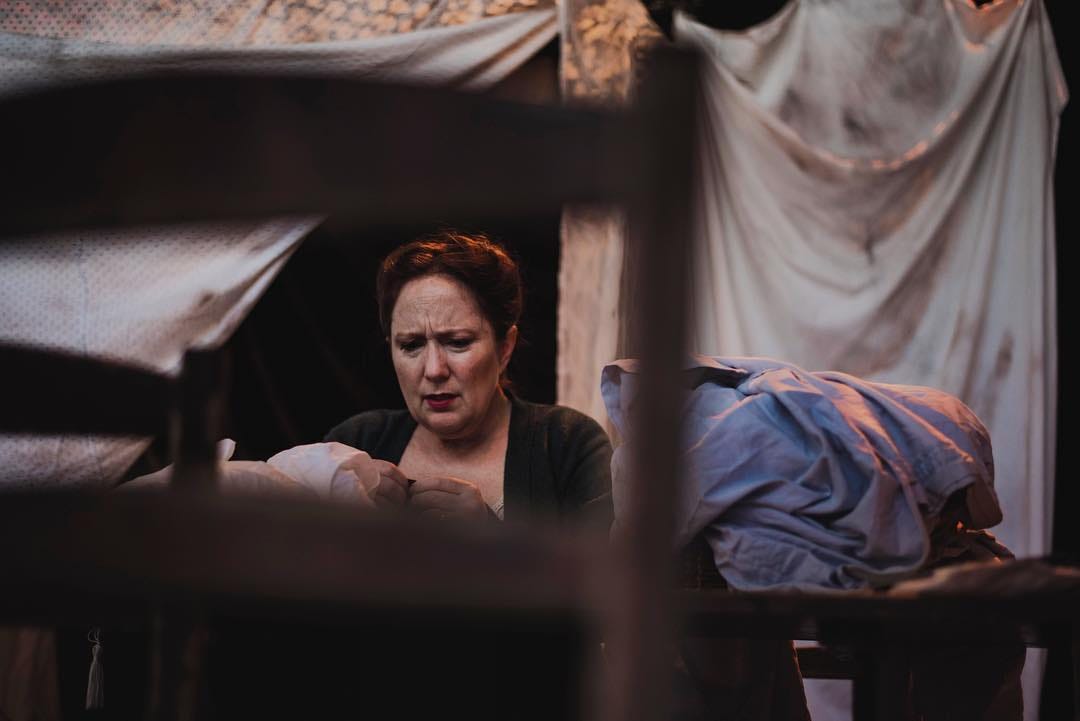
The story of two Jewish families in hiding during World War II
I’m folding the laundry wrong again. I’m sure of it. The Boy’s Mother (Monica Blaze Leavitt) gives me a stern look, before demonstrating to me for yet another time, how to fold the undershirt properly. She drapes it on her shoulder and smooths it. She plucks at two corners of the shirt and aligns them, just so. She waits for me to reciprocate.
It’s daytime. The workers are in the factory. If we make one crack, one clang, one clatter, one sneeze, they’ll hear us.
And it will all be over.
It’s World War II. There’s six of us. We’re with two anonymous families, hiding in an unnamed factory. One married couple with a teenage girl. Another married couple with a teenage boy. By day, they’re silent, whiling away the hours until the whistle blows. Only then can they relax. As much as a person can try to relax with the constant threat of an air raid, or worse. And there is barely any privacy in this single room with makeshift walls made of bed sheets as the only dividers.
But still — they survive.

The Hidden Ones is a new, tenderly crafted immersive production set in an undisclosed location somewhere in Brooklyn. The experience consists of a repeating loop: dinner with the two families assembled at one table (all eating in complete silence) and then intimate, one-on-one interactions with the characters, before they reconvene for supper when the day is done. Only in these private moments do they start to reveal their hopes, their dreams, and their regrets: a burgeoning romance, a lost sibling, a secret pregnancy.
These one-on-one moments are intense, beautiful, and fleeting. You might find yourself writing letters with the Girl (Rakel Aroyo) or polishing shot glasses with the Boy’s Father (Chris Jumper) or practicing card tricks with the Boy (Amar Biamonte).
The remarkable thing about The Hidden Ones is both simple in concept and in perfect fitting with the story: all the exposition is done silently. Only through facial expressions, hand gestures, posture, and gentle physical contact do we start to understand the complicated relationships between these two families in hiding. The lack of dialogue is startlingly effective and a direction which feels fresh and new: a linear narrative which doesn’t rely upon dance for communication. The very small amount of text is delivered furtively, when it does happen.
Meanwhile the only sounds we hear are the creaking of furniture and the jazz standards of the era. And as time passes, I start to cringe at the crackle of static followed by a whistle blow, meaning the workers have returned to the factory and the two families must again remain quiet, in fear for their lives.
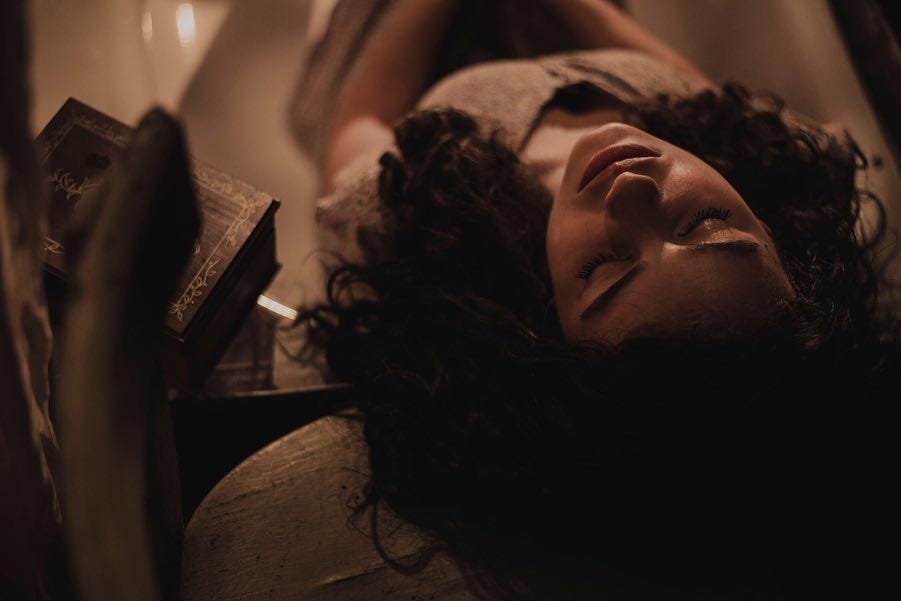
The ensemble cast of The Hidden Ones works hard to create a deep, meaningful connection with each audience member through silent one-on-ones, and it really, really works. By the end of the show, I’ve made the Boy’s Mother proud with my new laundry-folding skills, and she gently touches my chin and pats me on the shoulder. She places her hand on her abdomen, clutching at the growing life within. The sincerity in her eyes is nearly heart-breaking. I quickly begin to feel melancholy in advance of what I know is coming soon.
The Hidden Ones feels as if this is only chapter one to a much larger story. The show lasts barely an hour, and on our way out, I immediately wished for more time—I’d barely spent any time with the girl or her family, only the boy’s. There’s a lot more to be unpacked here with these two families and I found the experience had an emotional resonance that’s not easy to come by.
But in the meantime, I’m grateful for the time I did have with them, these two families: the hidden ones.
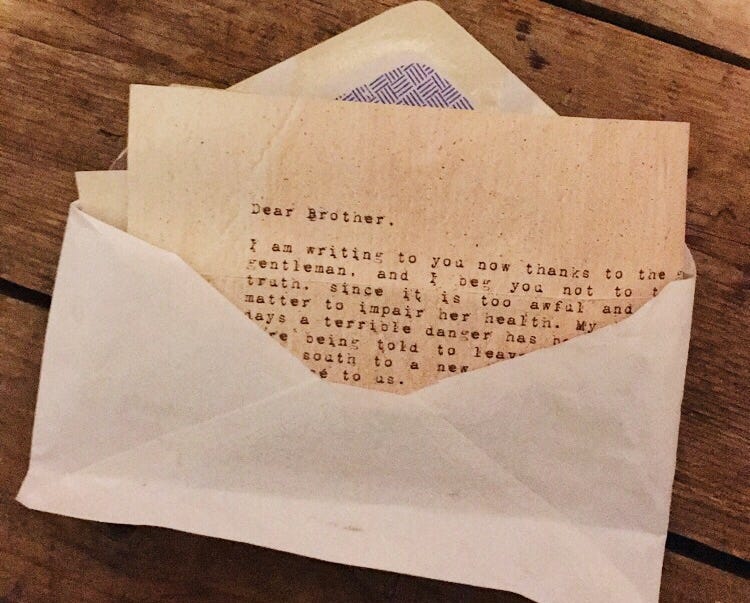
The Hidden Ones continues through October 14. Tickets are $100.
NoPro is a labor of love made possible by:

…and our generous Patreon backers: join them today!
In addition to the No Proscenium web site, our podcast, and our newsletters, you can find NoPro on Twitter, Facebook, YouTube, Instagram, in the Facebook community Everything Immersive, and on our Slack forum.



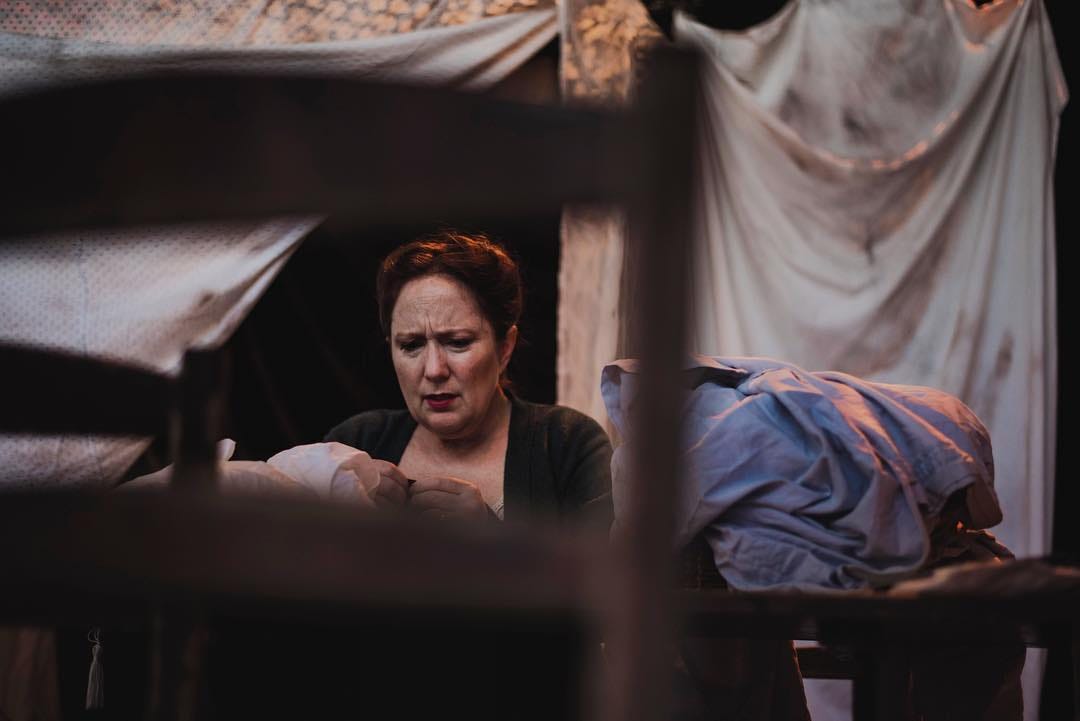


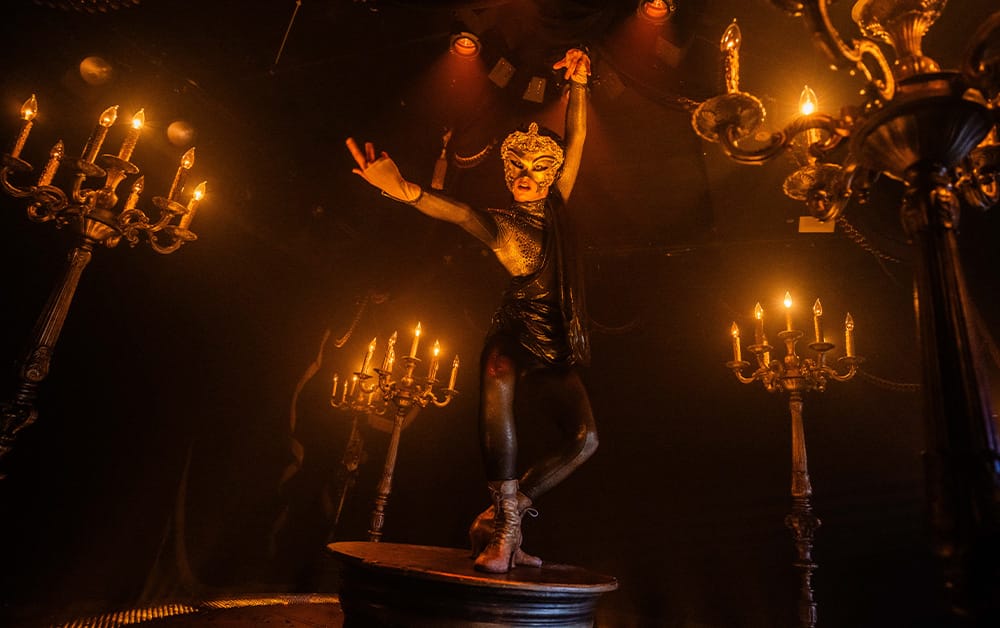



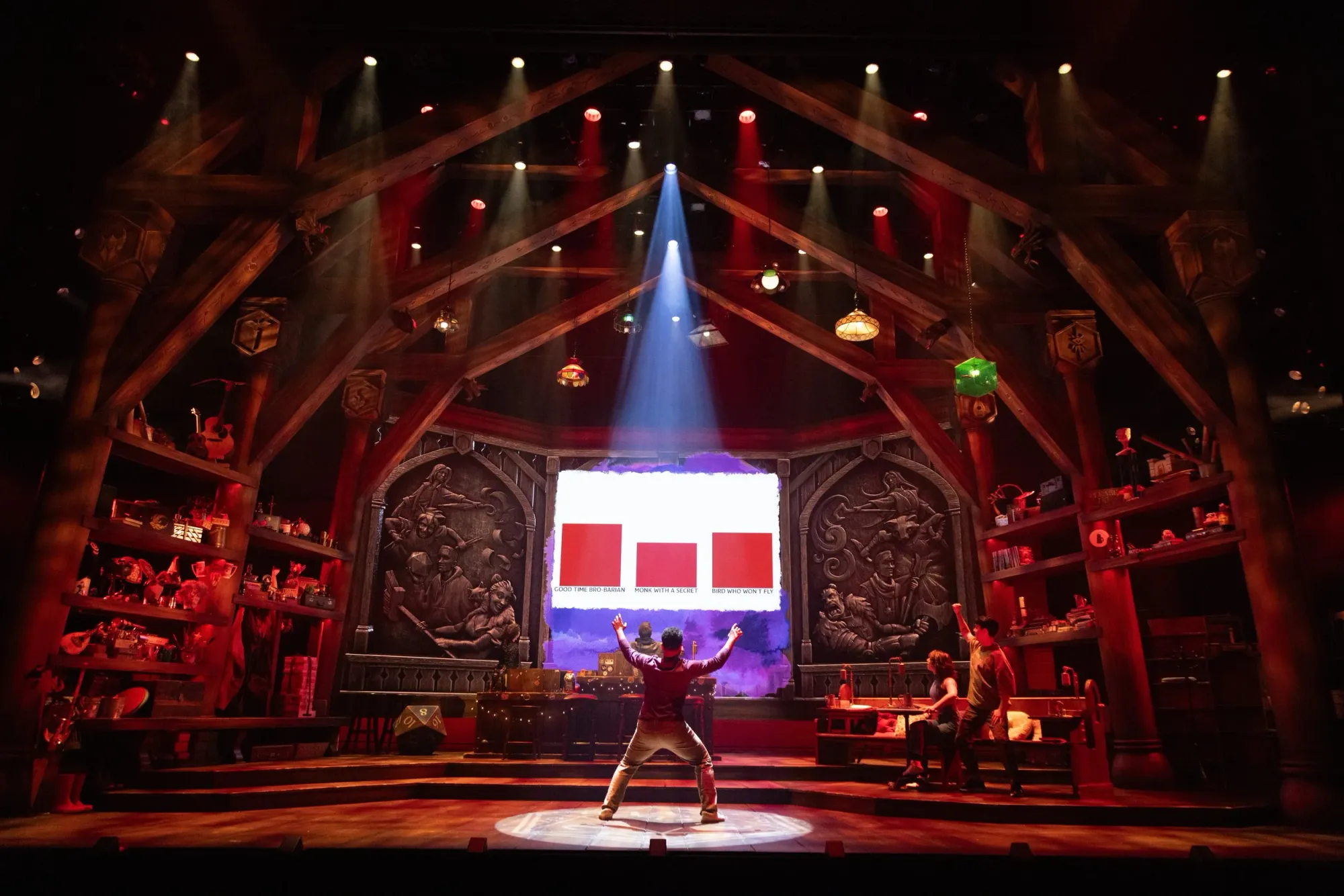
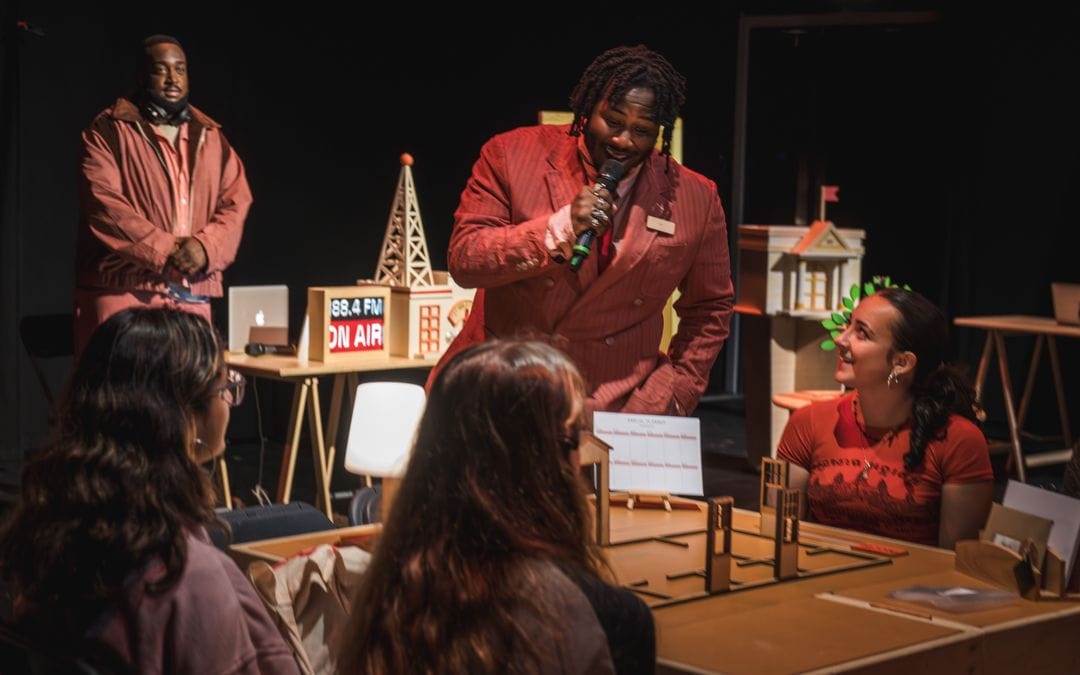







Discussion